HP CEO Enrique Lores On PC Shortages, Hybrid Work Opportunities And ‘Actively Looking’ For Acquisitions
In a wide-ranging interview with CRN, Lores also discussed Windows 11, the plans for remote computing acquisition Teradici, Apple’s push for business customers and bringing Instant Ink to SMBs with the help of partners.
Lores On The Record
As demand for PCs continues to surge during a time of industry-wide component shortages, HP Inc. is grappling with a massive backlog on PC orders. In an interview with CRN on Friday, HP CEO Enrique Lores detailed how the company is dealing with its roughly $10 billion PC backlog and the outlook for the situation improving for partners.
At the end of HP’s current quarter in late October, “we expect to be—fortunately and unfortunately—at a similar level” in terms of backlog, Lores said. Through measures focused on securing key components, “you will see a gradual improvement over the next quarters,” he said during the interview at HP’s headquarters in Palo Alto, Calif.
The wide-ranging interview also included a discussion of HP’s planned acquisition of remote computing firm Teradici, the Windows 11 rollout, Apple’s push for business customers and HP’s strategy around processors. Held ahead of the virtual HP Reinvent partner conference on Thursday, other topics covered by Lores included expanding HP’s Instant Ink subscription service to SMBs, the company’s 3-D printing business, the shift to hybrid work and the next phases for HP’s print and personal systems businesses.
Additionally, Lores offered his view on where HP might be looking next for acquisitions—pointing to several “areas where we are actively looking for the right opportunity.” The past four years have seen HP make acquisitions in print (Samsung’s printer business and managed print services provider Apogee); security (Bromium); gaming peripherals (HyperX); and virtual computing (the Teradici acquisition is expected to close during the fourth quarter).
Additional acquisitions “are clearly a part of our plan,” Lores said. “We have demonstrated that during the last quarters. And we will continue to do that in the future.”
What follows is an edited portion of CRN’s interview with Lores.
Jennifer Zarate contributed to this article.
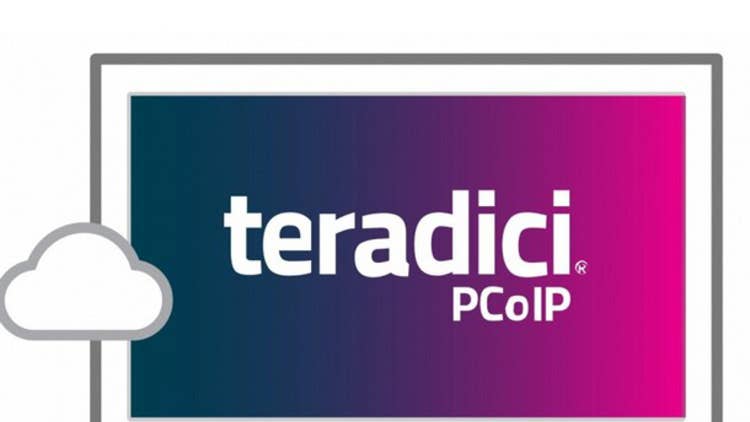
What’s your vision with the forthcoming acquisition of Teradici?
I think Teradici is clearly a tool or a service for the hybrid world. What it enables today is for employees that need a high-performance computer, and don’t have a high-performance PC with them, they can get access to data and to running complex applications remotely. And they can do that in a secure way. We see this as an application that is going to be growing more and more, as people will continue to have these needs going forward. Eventually, we can see this not only for high-compute environments, but almost for any environment where data privacy or data security is a key limitation. Because you get access to all the systems, all the programs, all the applications of the enterprise remotely—without having to have direct access to that data. So it’s an application that we see can really expand and can really enable people to succeed in the hybrid world … And I think [Teradici] will be enabling our partners to offer this as a subscription to their own customers—which we think is a great service for them to complement their offerings.
Is Teradici also potentially a big differentiator for HP, since I don’t believe any other PC maker has something like this in their offerings?
I don’t think [they do]. As we look at the future and where we can grow, we see this opportunity—with what we call workplace services—which is about remote management of the PCs and the printers, but also offering additional services that customers working remotely will need. Teradici is a great example. And now our vision is to integrate and to offer all these services in an integrated way—eventually as a subscription. This is where we are going. This is what we have started to do and we really see a big opportunity for us, but also for our partners.
Can you say if HP might be looking to launch its own VDI offering in the future based around Teradici?
I don’t think we will go that far. I think we will stay in services or applications that are closer to the device, which is kind of our natural extension. This is where we see the opportunity.
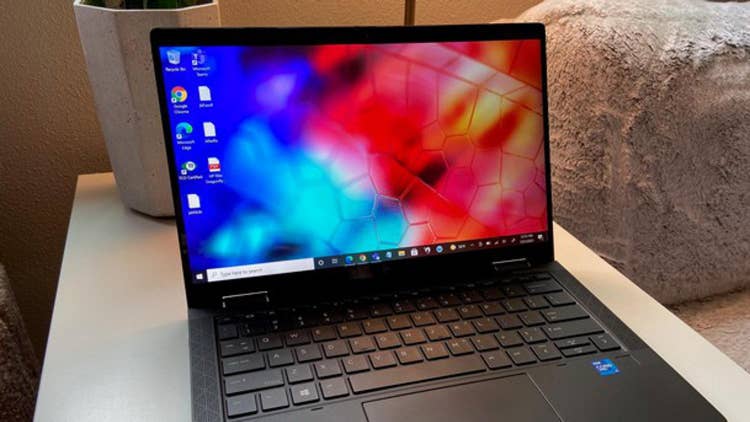
What does the next phase for your personal systems business look like?
First of all, when we think about personal systems, the first thing that comes to mind is the market is now significantly bigger—the TAM (total addressable market)—than what we were expecting only two years ago. And when I say significantly bigger, it’s almost two times bigger. And it’s a combination of the fact that the TAM for PCs has significantly grown, as PCs have become essential and they have become so critical in the hybrid world. But also the opportunities on peripherals and services are critical. Because more and more, when customers buy a PC, they are not looking only for the PC—they’re looking for the whole experience. And to deliver the whole experience, there are opportunities in a lot of peripherals—from headsets to speakers to cameras—that really are going to be a key part of the differentiation we will offer. So as I think about opportunities in PCs, there are opportunities in the PC market itself, and we expect and plan to continue to grow our share in that category. And we have a fantastic opportunity on peripherals, where we can grow and create new categories. And finally there is a whole service layer—and Teradici, as we were talking before, is an example. Remote management of PCs is another example where we also see a big opportunity for us to expand. So it’s really an exciting market, an exciting opportunity—and clearly, plenty of opportunities for growth.
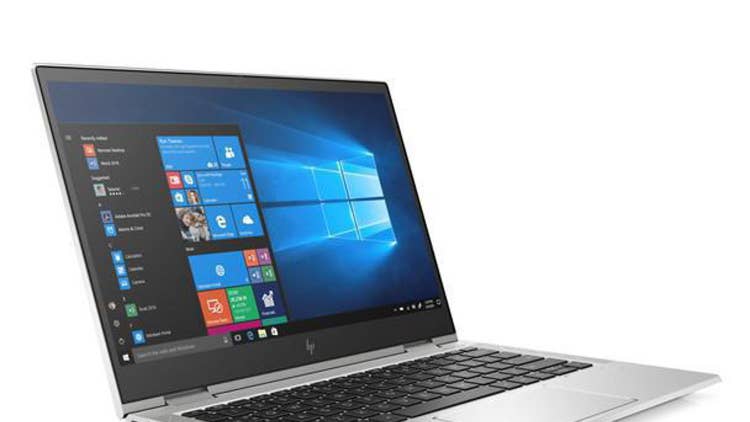
You said in late August that HP had a backlog equal to an entire quarter’s worth of demand, and during your last quarter you had about $10 billion in PC sales. Is that $10 billion figure the size of the backlog that you had at that point?
Yes.
Where is the backlog at now? Have you reduced that $10 billion number with the measures you’re taking around components?
We continue to see very strong demand. So we will see at the end of the [current] quarter. But we expect to be—fortunately and unfortunately—at a similar level.
I think we are going to see a gradual impact of the actions we are taking [around components]. We don’t think this is going to flip and immediately we will be able to address the huge demand that we see. But you will see a gradual improvement over the next quarters.
What are you seeing in terms of commercial customer demand specifically?
We continue to see a very strong demand on commercial. As companies and offices have been reopening, and companies want to offer a better experience to their employees as they come back to work—we see very strong demand on the commercial side.
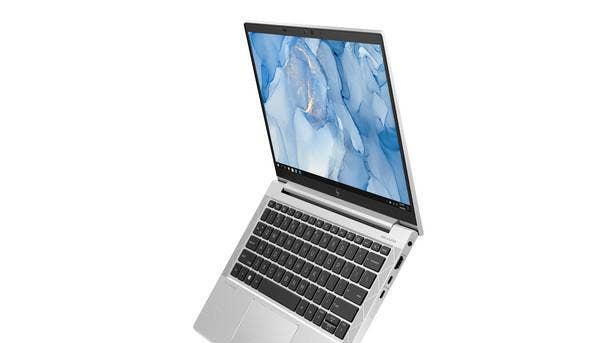
Can you say anything about when this situation could be better—when these constraints could be significantly improved? Can you offer any kind of rough time frame?
I don’t think we can. Because this is a combination of multiple factors that are very hard to predict. No. 1 is demand. If demand continues to be that strong, then the delta between demand and supply will continue. And it’s actually not demand only on our side, in our categories. Because the components that are missing are needed by PCs, and needed by phones, and needed by cars, and needed by the healthcare industry. There is so much demand for those [components]. And that I think is going to continue and stay with us for some time.
I know you’d said that the situation would continue at least into 2022—any sense of whether things could be better by early 2022, or could it be beyond that?
I think we need to go quarter by quarter and see. We know also that suppliers are working hard to try to improve their capacity. But at least through early 2022, we expect to be in a similar situation.
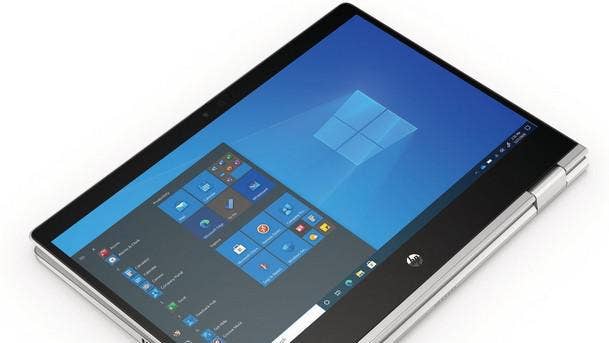
For partners who have been affected by constraints and delays, what would you say to them about the future?
I think first of all, we need to realize that this is really driven by how strong demand is. And even if we have a problem, it’s a good problem to have, given how strong the demand is. Second is that we are doing anything we can to get as many components, and to increase our capacity, as much as possible. Because we understand that customers are not happy with [partners] not being able to supply [PCs] … It’s important that our partners know that we are doing anything we can to improve availability and to get as many components as we need. We are working with suppliers to get long-term agreements, we are improving our processes, we’re simplifying our portfolio. And all these things will have an impact in us being able to provide more products to our customers.
Is a lot of the continuing strong demand being driven now by the offices reopening, and businesses refreshing their PCs, rather than for supplying PCs to at-home workers?
Yes—in many cases it’s offices re-opening. In many cases, companies didn’t invest in these categories [during the pandemic]. So now, they realize they need to renew the equipment for their employees. In many cases also, as people are coming back, companies are allowing them to have two different products—one at home, one in the office. And also, as the market has grown, there is more replenishment as well. So there are many factors that continue to contribute to the very strong demand.
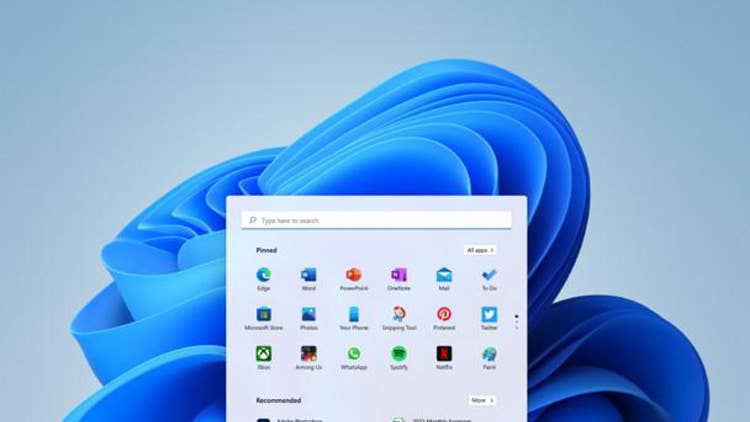
All of this suggests that your business will be able to continue growing for some time to come?
From a business perspective and financial perspective, these [dynamics] are clearly good news. This talks about the strength of our portfolio. This talks about the fact that we are positioned at the heart of hybrid, and that as we continue to work in a hybrid way, there will continue to be demand for all of our portfolio. And when we think about our partners, they need to look at this as a great opportunity for them to grow—because there are opportunities in PCs, printers, accessories, supplies, services … [In PCs] we don’t expect to continue to see the 40 or 50 percent growth that we saw this year, but we think the market has become bigger and is going to continue to grow from this new size.
How big of an opportunity do you see for Windows 11?
I think it’s important because it’s going to drive demand on the consumer side. And as it will be learned now in very few days, I think consumers will see there are many cool features that they will be attracted by—the simplicity of the user interface. So I think this is going to drive demand on the consumer side that will help to continue to sustain the performance of the business going forward. Usually, enterprises are slower to replace the current operating system. But [Windows 11] will drive steady, long-term demand also on the commercial side—which is good news.
Do you have concerns that the supply constraints could stifle the Windows 11 rollout a bit?
It’s going to put a limit on how many PCs will be available. But there will be enough [PCs] for it to be a successful launch. And we are working very closely with Microsoft on the launch—in aligning priorities, aligning programs, aligning advertising to make sure it will be a very successful launch.
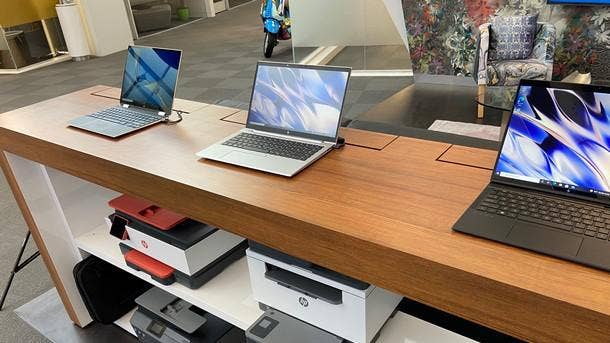
What is your pitch about why HP is the company to partner with for hybrid work? Where are you differentiated in terms of hybrid work offerings?
If you think about the type of company we are, that has a strong consumer business and a strong commercial business—the whole hybrid world is about the combination of both and about the need for people to be able to work from anywhere, at any time, with any type of equipment. This puts us in the center of it. At the same time, if you think about the products customers need in the hybrid world, they’re basically printers and PCs. These are the most essential tools that you need to work remotely or work from anywhere. And if you think about the services that we have been building over time, [they involve] enabling workplace services for the office and creating subscription services for home. And the ability to merge both also puts us in the center. And finally, our focus on security. We have for many years said that security was one of our priorities, and it’s one of the key differentiators of our portfolio. And in the hybrid world, security will be more important than it was before. So many different elements have really put us at the core of hybrid. And this is why we see hybrid as a great opportunity for us to grow, but also for our partners to partner with us and grow together.
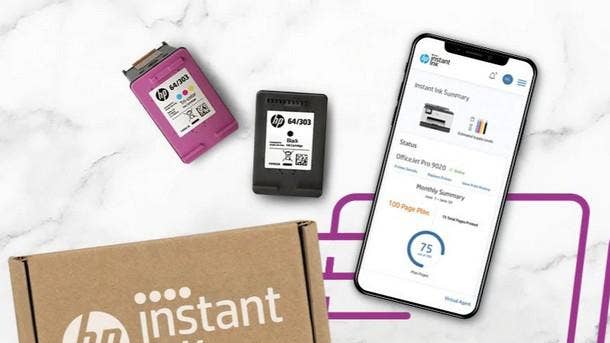
Your print supplies business has rebounded during the pandemic—how sustainable is that?
I think in print we’re going to see two different dynamics. During the last months, there has been a lot of growth on home printing—people using printers to work from home. As offices will reopen, this will start to decline. But at the same time, as offices will reopen, printing in the office and printing in the industrial space will grow—and the growth will accelerate. And one will compensate the other. Specifically on supplies, we have said that for us to continue to grow print profitably, we don’t need the supplies business to grow. We have done a lot of things during the last years to rebalance system profitability—to increase profitability of hardware [during] decreasing profitability on the supply side, and to shift the business to an as-a-service model to really have multiple levers to create profit, and therefore not have the dependency that we had on supplies in the past.
In terms of Instant Ink, is that something that channel partners are starting to become involved with?
At this point, Instant Ink is mostly an offering for consumers. Next year we expect to launch an SMB program—an SMB extension. And that is when it will be more relevant for commercial partners. What is important about Instant Ink is that on the consumer side, it has become very relevant. We have close to 11 million subscribers—customers that every month pay us a fee to be able to print. And you can see this as a platform that will allow us to offer additional services in the future. It’s really a very important asset that we have built that will help to continue to grow the print business going forward.
Could the expansion of Instant Ink into SMBs help HP and partners to keep business from going to competitors?
Yes. And it’s not only that once a customer signs up, it’s stickier because it’s a [recurring] service—but it’s also a very strong value proposition. We know that customer satisfaction with Instant Ink is higher than customer satisfaction with a traditional model. So therefore it is also a very important tool to grow share, because customers like the Instant Ink model significantly better than the traditional model.
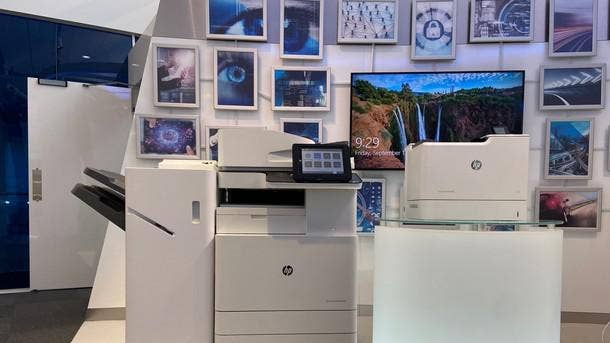
What does the next phase of your print business look like?
In the case of print, first we are going to continue to modernize our traditional printing model. And this shift to Instant Ink, this shift to experiences, is really a big part of our strategy. At the same time, on the office side, where we work with the commercial channel, we continue to see a very strong opportunity to grow in the contractual space. And there are two shifts that I think are important to highlight. Even if now we have a very strong A3 portfolio, with the new working models, with fewer people going to the office, we see a shift from A3 to A4 printers—which makes our portfolio even more relevant. This is something where we are working actively with many of our channel partners to drive that transition. And second, there is a great opportunity in workflows. We launched, about a year and a half ago, a cloud platform to connect our printers to workflows—especially in the document management space. This is another great area for us to grow, but also to work with our partners to develop applications and to improve efficiency of our customers by connecting printers and workflows in a more efficient way.
Why are workflows a big opportunity for partners?
Because it’s a great margin opportunity. Many of them over the last years have been developing these capabilities on the software side, and for them it’s additional margin and another way to deliver value to their customers.
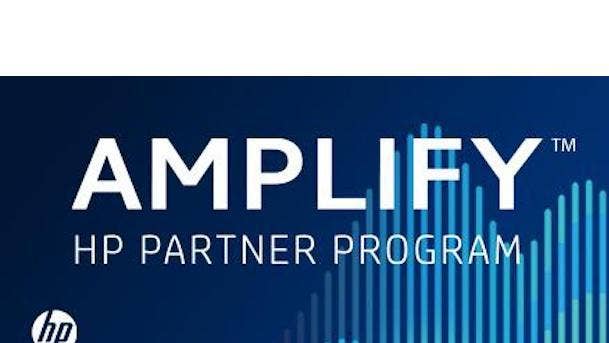
Overall across your businesses, what are some of the biggest areas where you’re investing into partners during the next 12 months?
If we think about all the investment we have made with Amplify—redesigning the channel program, simplifying the channel program, building tools to make it even simpler to do business with HP—I think that’s very important for partners. Accelerating and simplifying what it takes to be rewarded by working with us, connecting their systems better to ours. During the last few years, we have worked on our new ERP system. Now that platform is ready and we completed the deployment a couple of months ago. And this is now a great digital platform also to help our partners to increase their efficiency. So, lots of investment on the infrastructure side and the program side, and at the same time as we continue to invest on the portfolio, on the services side, all of them are great opportunities for our partners to grow together.
How is your overall strategy and channel strategy differentiated from Dell, Lenovo and Apple?
I think that probably the most important thing is, HP has been and will continue to be a channel company. We do the highest percentage of our business with partners. This is our core strategy. And when we think about new offerings, new products, new services—we always think about them in terms of, what is the business model for HP and what is the business model for the channel—so we can grow together. I think this is a unique differentiator for us versus any other company, and I think it’s something that partners should expect will continue in the future.
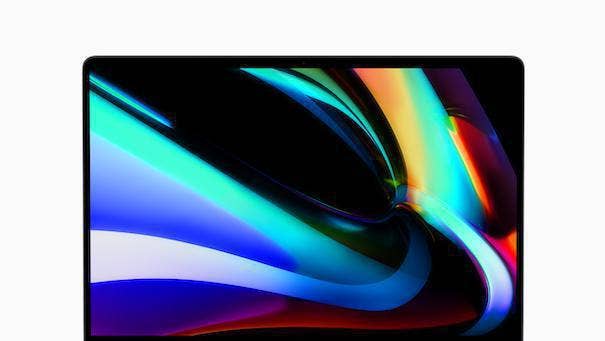
Apple and other device makers are now designing their own processors. Is that something you’ve ever given thought to? Is it a possibility that HP might make its own chips in the future?
Our strategy on the processor side has been clear—and it’s [about] multi-processor, multi-brand. We are one of the few companies that works with almost any provider of processors. We work with Intel, we work with AMD, we work with Qualcomm, we work with MediaTek. And we think that by doing that, we can offer a very competitive portfolio. And this is our strategy going forward.
So you don’t feel like you’d need to do that to be competitive with Apple and others who are doing this?
We think that there are opportunities to integrate better software, hardware and processor design, and we are doing that. Does this mean that we need to do all three? No. We can work with leading vendors on the processor side [and] on the software side, to integrate all three in a better way. This is what we have done and this is what we will continue to do in the future, and even in a stronger way.
With their Mac and enterprise push, Apple is clearly investing a lot more in trying to win business customers. Does that affect anything about how you do things at HP, in terms of competing with the Mac in the commercial space?
I think what this confirms is the opportunity in the PC category. And this confirms what we’ve been saying about PCs being essential, and the fact that PCs are much more relevant now than they were 12 months ago or 24 months ago. I think Apple sees that and they are investing in that. We see that, we’re investing in that and we expect to grow in this business because of that.
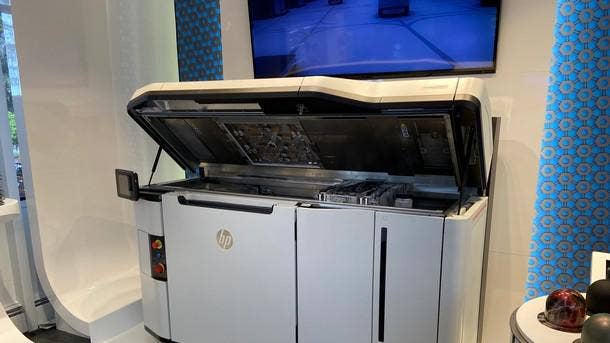
In terms of acquisitions, you’ve done acquisitions in recent years around print, security, virtual computing and gaming. Are those areas where you could possibly do more acquisitions in the future?
M&A or acquisitions are clearly a part of our plan. We have demonstrated that during the last quarters. And we will continue to do that in the future. We see opportunities to grow in our core businesses—whether it’s printers or PCs. We see opportunities in peripherals. We see opportunities in services. We see opportunities in the new categories, like 3-D printing. All of them are areas where we are actively looking for the right opportunity. And when the right opportunity is identified, we will leverage the strength of our balance sheet and we will grow through acquisitions.
How have things evolved in your 3-D printing business in recent quarters?
3-D has been exposed to two different sides. From one side, the pandemic helped to validate the technology, because it showed the value of being able to produce products locally. And this is why, especially at the beginning in the healthcare space, it was really utilized. At the same time, many companies stopped investment in capital equipment and industrial equipment. So from a revenue perspective, the business declined through the pandemic because companies didn’t invest. We are now starting to see investment to come back. Utilization has grown significantly. And we expect this now to continue going forward. We made a change in our strategy about a year ago. We shifted from just being providers of equipment to really trying to build businesses more aligned to the end application—rather than just selling a printer, to really participate in the design and in the delivery of the part itself. And something we will be sharing in the next weeks is the progress we have been making in some of these end-to-end applications—which are important because the value we can capture per part is significantly higher. It’s almost 10 times more value if we sell the part than if we just sell the printer that will print the part. We are really excited about the opportunities this opens. It’s a different approach, but it’s an approach that will allow us to capture much more value going forward.
What’s your message to partners about what they can expect from HP in the next 12 months?
I think first is, we are really excited about the opportunities that the hybrid world is going to open for us. There are opportunities in hardware and in services, and we really see that HP will continue to grow in this space. And when I say HP will grow, I really mean HP will grow with our partners. We are a channel company, and as we grow, our partners will grow—and I’m sure this will be very exciting for all of them as well.